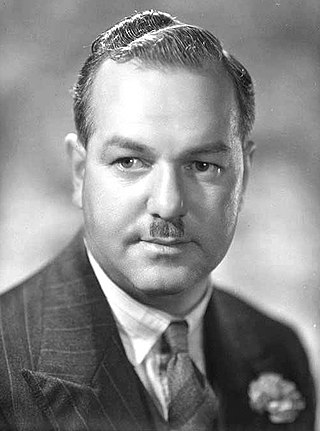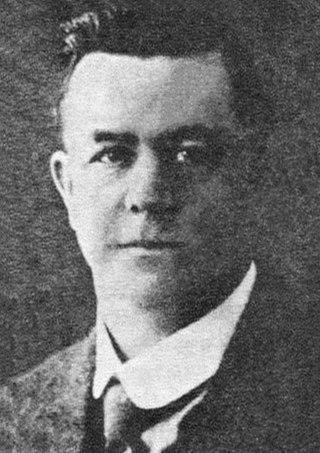
The 1935 New Zealand general election was a nationwide vote to determine the shape of the New Zealand Parliament's 25th term. It resulted in the Labour Party's first electoral victory, with Michael Joseph Savage becoming the first Labour Prime Minister after defeating the governing coalition, consisting of the United Party and the Reform Party, in a landslide.

The 1943 New Zealand general election was a nationwide vote to determine the shape of the New Zealand Parliament's 27th term. With the onset of World War II, elections were initially postponed, but it was eventually decided to hold a general election in September 1943, around two years after it would normally have occurred. The election saw the governing Labour Party re-elected by a comfortable margin, although the party nevertheless lost considerable ground to the expanding National Party.

John Alfred Alexander Lee was a New Zealand politician and writer. He is one of the more prominent avowed socialists in New Zealand's political history.

The 25th New Zealand Parliament was a term of the New Zealand Parliament. It opened on 25 March 1936, following the 1935 election. It was dissolved on 16 September 1938 in preparation for the 1938 election.

The 1919 New Zealand general election was held on Tuesday, 16 December in the Māori electorates and on Wednesday, 17 December in the general electorates to elect a total of 80 MPs to the 20th session of the New Zealand Parliament. A total number of 560,673 (80.5%) voters turned out to vote.

Henry Greathead Rex Mason was a New Zealand politician. He served as Attorney General, Minister of Justice, Minister of Education, and Minister of Native Affairs, and had a significant influence on the direction of the Labour Party. The longest-serving Member of Parliament in New Zealand history, Mason served in Parliament continuously from 1926 to 1966. He is also the only person to serve as an Member of the New Zealand Parliament for over 40 years.
Auckland East was a New Zealand electorate, situated in the east of Auckland. It existed between 1861 and 1887, and again between 1905 and 1946.

Frederick William Schramm was a New Zealand politician of the Labour Party. He was the eleventh Speaker of the House of Representatives, from 1944 to 1946.

Wellington Central is an electorate, represented by a Member of Parliament in the New Zealand House of Representatives. The current MP for Wellington Central is Tamatha Paul of the Green Party. She has held this position since the 2023 general election.

Norman Vazey Douglas was a New Zealand trade unionist and left-wing politician. He joined the New Zealand Labour Party in 1932, but when John A. Lee was expelled from the party in 1940, Douglas followed to join the new Democratic Labour Party. He rejoined the Labour Party in 1952 and represented the Auckland Central electorate in Parliament from 1960 until his retirement in 1975, serving time on the Opposition front bench.

John "Jock" Skinner Stewart was a New Zealand politician of the Labour Party.

William John Lyon was a New Zealand politician of the Labour Party. He was killed in World War II while serving with the 2nd New Zealand Expeditionary Force.
Waitemata was a New Zealand parliamentary electorate, from 1871 to 1946, and then from 1954 to 1978. It was represented by 18 members of parliament.
Grey Lynn is a former New Zealand parliamentary electorate, in the city of Auckland. It existed from 1902 to 1978, and was represented by nine Members of Parliament.
The former New Zealand parliamentary electorate on the western inner city of Auckland, was known as City of Auckland West from 1861 to 1890, and then Auckland West from 1905 to 1946.
The United–Reform Coalition, also known as the National Political Federation from 1935, was a coalition between two of the three major parties of New Zealand, the United and Reform parties, from 1931 to 1936. The Coalition formed the United–Reform coalition Government of New Zealand from its formation in September 1931, successfully contesting and winning the 1931 general election in December. The Coalition was defeated at the 1935 general election by Labour. The following year the coalition was formalised by the formation of the modern New Zealand National Party.
Parnell was a parliamentary electorate in the city of Auckland, New Zealand, from 1861 to 1954, with one break of eight years.
The Auckland East by-election was a by-election in the New Zealand electorate of Auckland East, an urban seat at the top of the North Island.

Robert Frederick Way was a New Zealand politician and trade unionist. He was an organiser and candidate for the Socialist Party, Social Democratic Party then the Labour Party standing many time for office himself.














